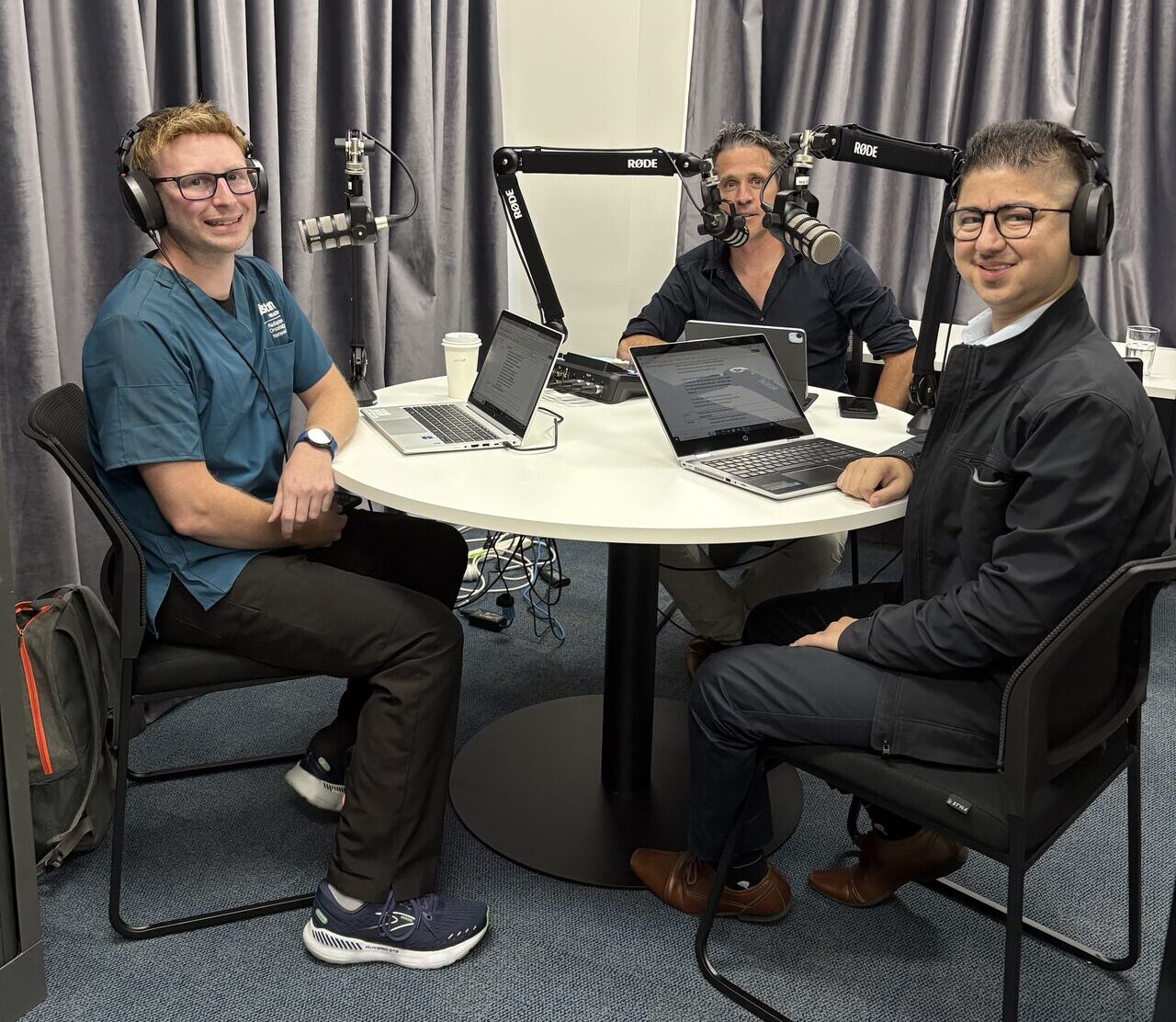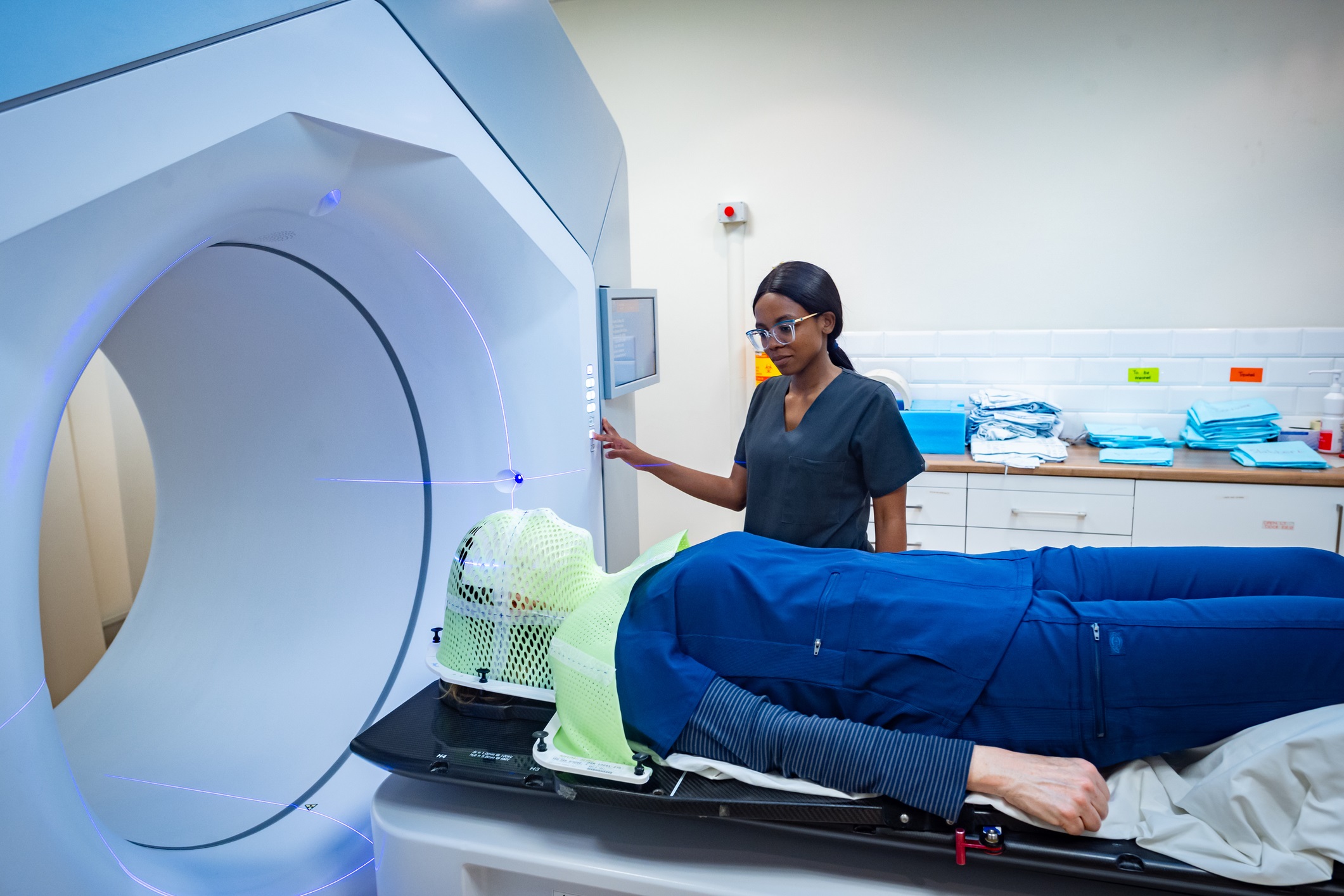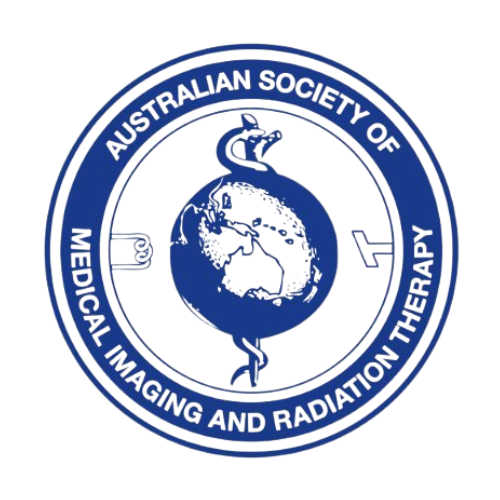World Radiography Day is on November 8 and marks the discovery of the X-ray in 1895 – a game-changing moment in medicine. Radiographers and Radiation Therapists from around Australia celebrate this day with a week of festivities.
This year’s theme, “Meet the person behind your care,” looks at the roles that radiographers and radiation therapists play in patient diagnosis and treatment.
It’s a chance to:
- Celebrate the profession
- Raise awareness about how important imaging is
- Inspire the next generation – maybe you?
So, who is the person behind your care?
Meet Karim, a radiographer and Jarrod, a radiation therapist. They have seen healthcare from both sides and were patients when they were kids. 
Why did Karim become a radiographer?
“It came down to my really good experiences in hospital as a patient. I found it really inspiring. I thought it’s a really nice way to work in the medical field – give back to patients, play a key role in the healthcare journey. It felt like a good fit”
Why did Jarrod become a radiation therapist?
“From a very young age, I wanted to do something in the healthcare setting. I wanted to get into a field where I could give back to cancer patients. I have a very strong focus on patient care and ensuring that everyone receives the best care possible.”
Karim and Jarrod share their stories in the ASMIRT podcast, “Radpod” – check out the episode here:
What Is Radiography?
Radiography is a branch of healthcare that uses medical imaging – like X-rays, MRIs, CT scans, and ultrasounds – to look inside the human body. It helps doctors find out what’s wrong, plan treatments, and track how well people are recovering.
The people who do this work? They’re called radiographers or medical imaging professionals.
Why it matters: Real-Life examples
Let’s bring it back to you for a second.
- You’ve twisted your ankle playing netball – the radiographer takes an X-ray to check if it’s broken.
- Your little brother swallows a coin – the radiographer helps find where it’s stuck.
- Your grandparent has chest pain – a CT scan or MRI helps doctors look at their heart or lungs.
- A family member has cancer – radiographers might help detect it early.
Imaging saves lives – and radiographers are at the heart of it.
What Is Radiation Therapy?
Radiation therapy is a treatment that uses strong energy beams, like high-powered X-rays, to kill cancer cells or stop them from growing. It can come from a machine outside the body or from tiny radioactive materials placed inside the body near the cancer.
The people who do this work? They’re called radiation therapists.
Radiographers and radiation therapists don’t wear lab coats and mix potions like in a science lab – instead, they use high-tech machines to take clear, detailed pictures of what’s happening beneath the surface or blast cancer with radiation.
Why radiography or radiation therapy could be your dream job
Radiography and radiation therapy are perfect for people who:
- Enjoy science (but don’t want to sit in a lab all day)
- Like working with cool technology and machines
- Want to help people feel better
- Love solving problems
- Don’t want a boring 9 to 5 job doing the same thing every day
Every patient, every image, every diagnosis, every treatment is different. It’s fast-paced, rewarding, and impactful.
Want to learn more about these exciting medical imaging careers? Discover 6 Myths About Radiography & Radiation Therapy – Busted!

How to Get There (Spoiler: It Starts at School)
So, what do you need to do if this sounds like something you might want to explore?
- Focus on STEM subjects – Science, Maths, and even Psychology can be helpful, and may be required for some university courses.
- Finish high school with a strong ATAR (or equivalent).
- Apply for a university course in Medical Imaging, Medical Radiation Science, or Radiation Therapy.
- Complete clinical placements where you get real-life experience in hospitals and clinics.
- Register to practice and… you’re officially a radiographer or radiation therapist!
What’s the Job Like?
There’s a growing need for radiographers and radiation therapists in hospitals, clinics, sports medicine and even research. Radiographers and radiation therapists earn competitive salaries, especially as they specialise.
You’ll work alongside doctors, nurses, and other health pros, helping people get answers, feel supported, and start healing.
Start your journey today!
If you’re into science, technology, and helping others, radiography or radiation therapy might be a future career worth exploring. Head to the ASMIRT careers page for all the info you need to get started!

